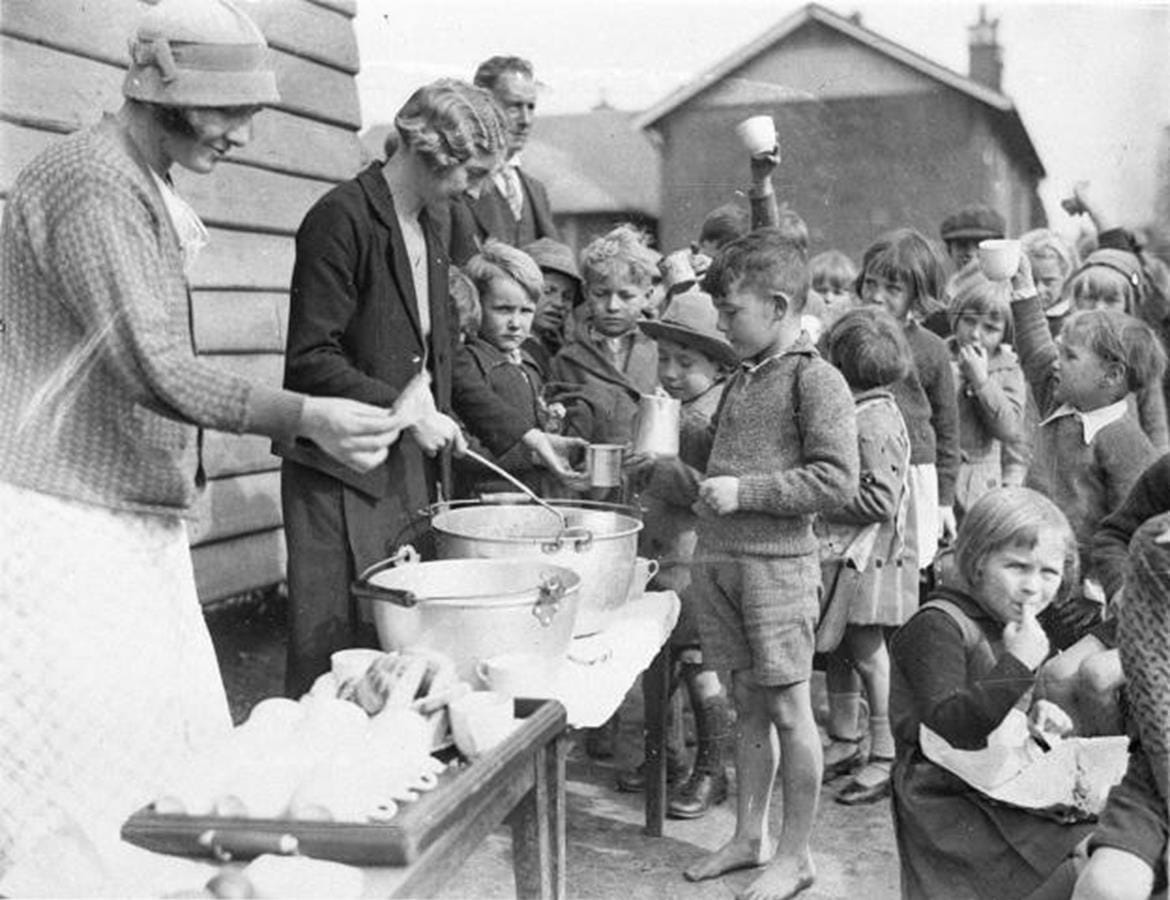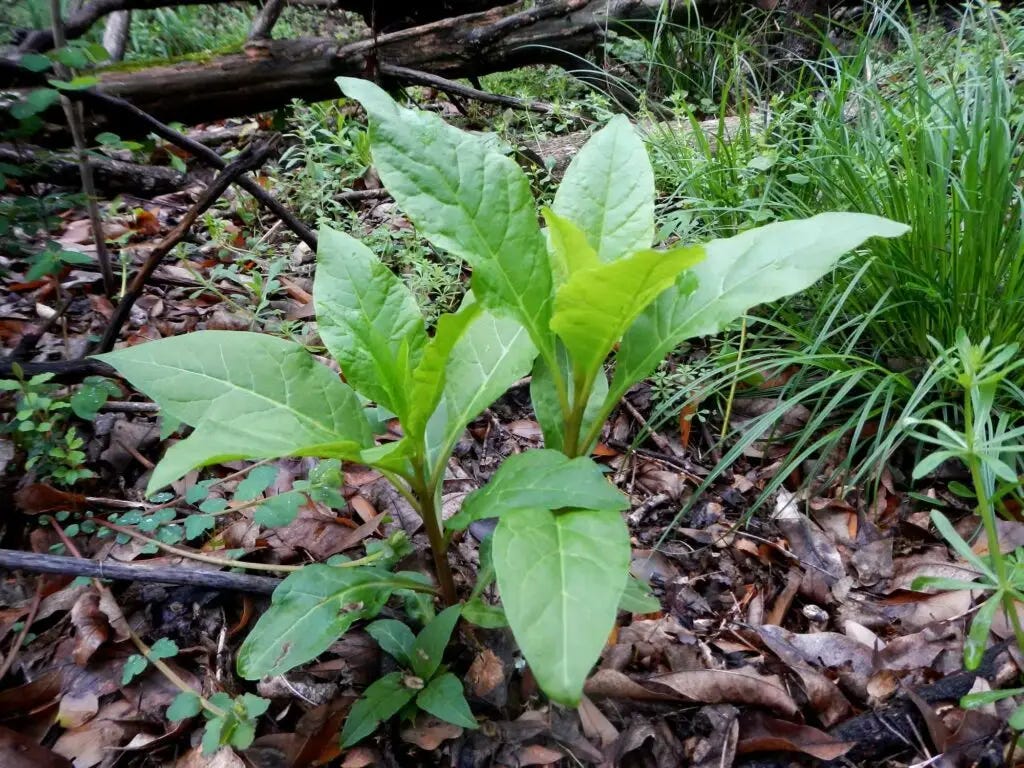Peanut Butter and Mayonnaise
Foods that Got Us through.
It was a chilly fall afternoon in 1929, my Dad was a sophomore at NC State in Raleigh, NC. He was a true scholar who had planned to enter medical school at Duke University upon graduation. Growing up in Norfolk, Virginia, much of his life had been spent on the shores of the Chesapeake fishing, crabbing, and oystering. His love of the sea lasted a lifetime. Suddenly, life took a turn on a Thursday in October of 1929, known as Black Thursday, the Great Crash of 1929.
The Great Depression hit hard and was a global economic crisis that lasted from 1929 to 1939, and the world as he and many others knew it was forever changed. The effects were staggering, leading to the harshest adversity Americans faced since the Civil War, including extreme human suffering. It caused drastic declines throughout the world, but it was particularly long and severe in the United States and Europe.
Dreams of medical school came to a screeching halt.
Factories shut down, farms and homes were lost to foreclosure, mills and mines were abandoned, and people went hungry. In Norfolk, Dad’s mother, or Grandma Sadie as we called her, took in displaced relatives, homeless, starving, and desperate. Families could no longer support their children and many simply rode the rails as hobos in search of work, but there was no place to go that offered relief.
Survival Food
My Dad sometimes talked about survival food that kept families afloat through the hardships and lean years of the 1930s. “Peanut butter and mayonnaise sandwiches became the staple of my diet at school,” said Dad.
I remember being at my Grandma Sadie’s house in Norfolk and when asking her for a peanut butter sandwich, she always added mayonnaise. It was still a staple at her house. To me, it tasted like sour peanut butter. Dad loved those sandwiches and would say, “Oh, yeah! So good I could eat one every day.”
The family in Norfolk learned to forge for food. Pokeweed Sallet became a staple.
“ Look for it in early spring,” said Grandma Sadie. “It’s the first fresh vegetable to rise from the ground. Look for it around abandoned tractors, the edge of fields and by barns and old timbers.”
Handling pokeweed is no joke. It requires caution and can easily get you sick if you don’t know how to cook it properly. Country legend Dolly Parton mentioned in her memoir that she would use crushed poke berries for lipstick as a teenager since her parents forbade her from wearing makeup.
Looking at some of Grandma Sadie’s recipes I found Lady Pea Salad on the back of an old church bulletin stuffed in the family bible and discovered her Vinegar Pie recipe written in her flowery script on a grocery receipt. Ever heard of Cracker Salad? You’re probably not from southeast Georgia. Some cooks today use Ritz and others Saltines, but the concept is the same either way: Crumbled crackers, chopped tomatoes, salt, and pepper all folded into a mayonnaise base. She even had a note about how to make Dandelion Salad.
I’m not sure who said it: “Learn from the past, look to the future, but live in the present.” Never shut out the lessons that they teach but live fully in the now.







My dad grew up in the South Georgia during Depression. I love cracker pie!
Pat, I cannot imagine what it was like in that time. My grandfather was a doctor and so was able to have a vehicle so he could make house calls. His patients paid him in eggs, cream and butter😊
Everyone did what they could to help each other!